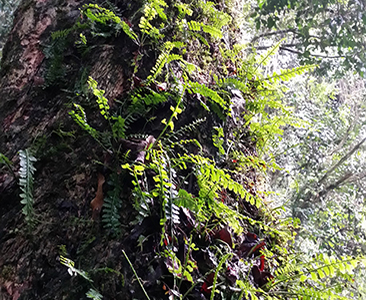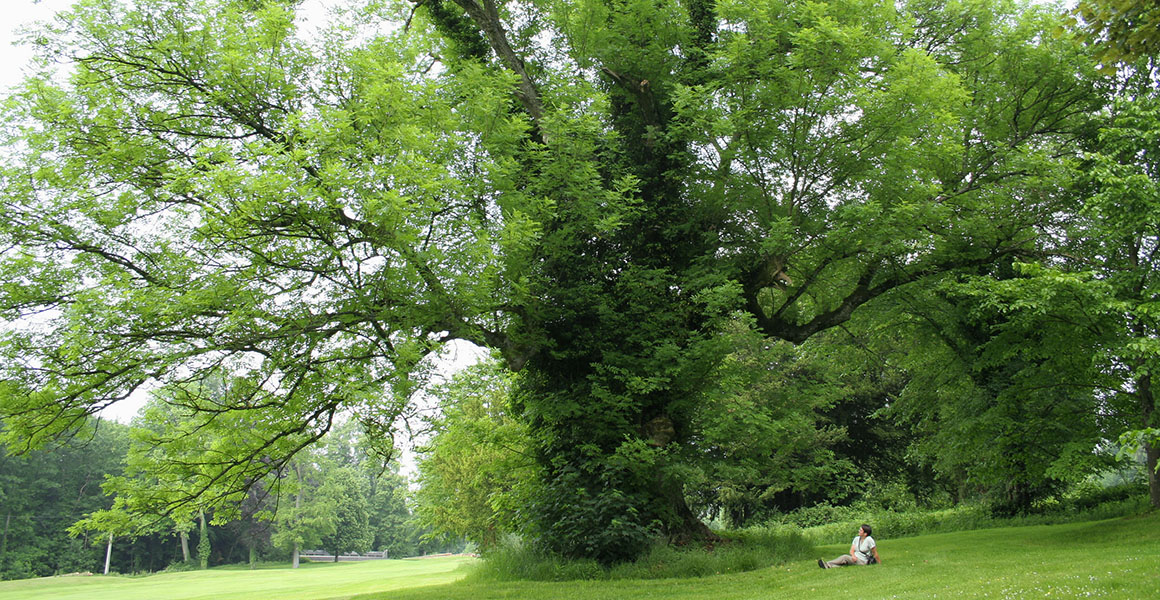Plants under pressure
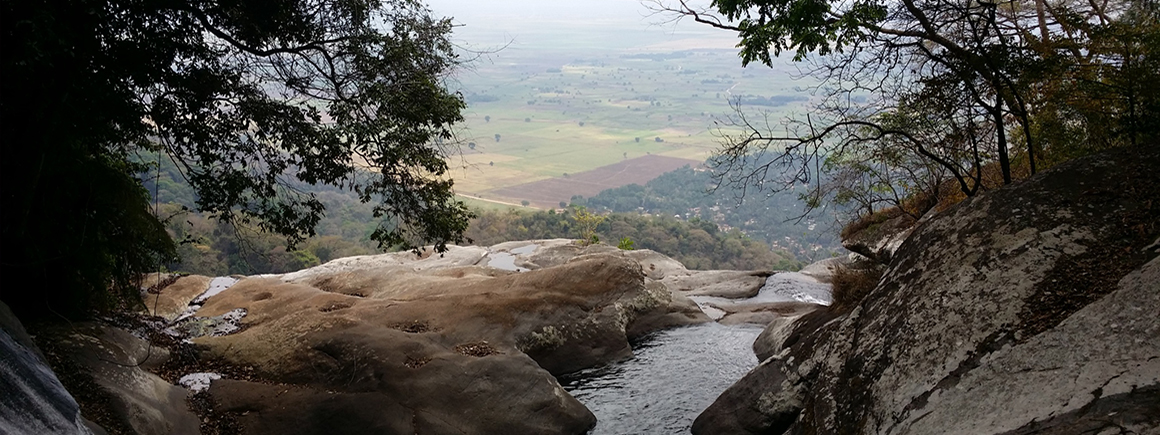
Looking over agricultural lowlands from the Udzungwa Mountains National Park, Tanzania, image by Ana Claudia Araujo
Humans are causing unprecedented change to the natural world, in a time referred to by many as the Anthropocene.
We are measuring how many plant species are threatened with extinction, where these plants grow and why they are threatened.
Together with the Royal Botanic Gardens, Kew, we produced a first IUCN Sampled Red List Index (SRLI) for Plants, using a sample of thousands of species from around the world drawn at random from major plant lineages.
Each plant species we assess is given a IUCN Red List category.
Improving our understanding of plants
There is still much to understand about plants and many species have not undergone botanical study for decades.
We are helping to mobilise information about the plant world and highlight gaps in our knowledge.
As part of the Plants Under Pressure programme, we are:
- assessing the conservation status and characteristics of individual species from many different lineages of plants
- studying the areas where these species are found and predicting where they might be found in the future
- establishing threats to plant survival and potential consequences of plant loss
- evaluating the impact of different biodiversity measures on our knowledge of the plant world and meeting international targets for conservation.
This work fed into the recent report by the Inter-governmental Science Policy Platform on Biodiversity and Ecosystem Services (IPBES) that estimated a total of one million plant and animal species worldwide are being threatened with extinction due to human activities.
Project summary
- Focus: Assessing threats to plants and monitoring the state of the plant world
Plants Under Pressure
More than one in five plant species worldwide are threatened under the IUCN Red List Criteria.
The IUCN Red List Index is one of the indicators measuring progress towards the internationally-agreed conservation targets of the Convention on Biological Diversity (CBD).
Improving species assessment reliability
The IUCN Red List status of species changes over time, and the status of each species needs to be periodically re-assessed.
To record changes to the Red List Index correctly, it is important that at each iteration of the IUCN Red List, only genuine changes in the status of individual species contribute to the new value of the Index, and not merely improvements in our knowledge of the species.
We assess species under multiple criteria (where possible), to improve assessment reliability and to detect a genuine change in the Red List status of a species.
Our assessments involve inference of the appropriate IUCN Red List Category at an earlier point in time using information only known at a later point in time, a technique known as back-casting.
We also apply the results of other assessment programmes, for example assigning Evolutionarily Distinct and Globally Endangered (EDGE) scores to the most endangered gymnosperm species in the world.
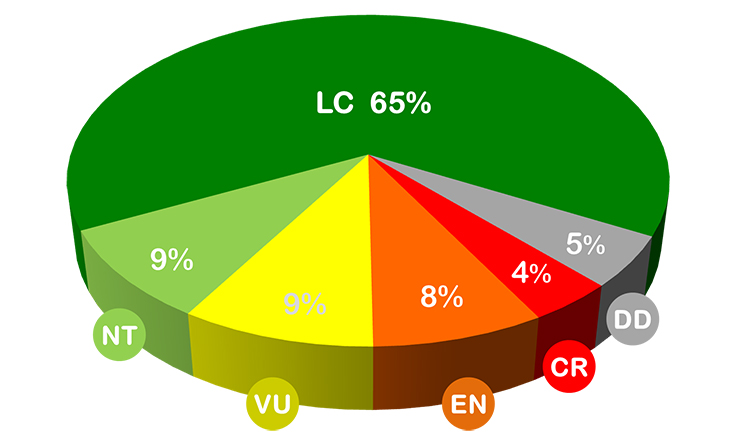
Although almost two thirds of plant species are Least Concern (LC), more than one in five are threatened with extinction, either Vulnerable (VU), Endangered (EN) or Critically Endangered (CR). The other categories are Near Threatened (NT) and Data Deficient (DD). This pie chart is based on IUCN Red List assessments of 3990 species of Pteridophytes, Gymnosperms, Monocots and Legumes.
Adding more plants to the IUCN Red List
To create a more representative picture of the conservation state of plants worldwide, the Plants Under Pressure project created a sampled IUCN Red List Index for Plants. In this list, a limited set of species were selected to represent each group.
Each species was assigned a category based on the Red List criteria.
- Least Concern (LC): the taxon is not facing threats affecting its survival.
- Near Threatened (NT): the taxon nearly qualifies in one of the threatened categories, or will likely quality for them in the near future.
- Vulnerable (VU): the taxon faces a high risk of extinction in the wild.
- Endangered (EN): the taxon faces a very high risk of extinction in the wild.
- Critically Endangered (CR): the taxon faces an extremely high risk of extinction in the wild.
- Extinct in the Wild (EW): the taxon survives only in cultivation, in captivity or as a naturalised population well outside its past range.
- Extinct (EX): when there is no reasonable doubt that the last individual has died.
- Data Deficient (DD): when there is not enough information to reliably assess the status of the taxon.
Publications
Brummitt, N.A et al, 2015. Green Plants in the Red: a baseline global assessment for the IUCN Sampled Red List Index for Plants. PLoS ONE 10(8): e0135152. doi: 10.1371/journal.pone.0135152
Brummitt, N.A., S.P. Bachman, E. Aletrari, H. Chadburn, J. Griffiths, M. Lutz, J. Moat, M.C. Rivers, M.M. Syfert & E.M. Nic Lughadha, 2015. The Sampled Red List Index for Plants, Phase II: ground-truthing specimen-based conservation assessments. Philosophical Transactions of the Royal Society of London 370; doi: 10.1098/rstb.2014.0015.
Rivers, M.C., S.P. Bachman, T.R. Meagher, E.M. Nic Lughadha & N.A. Brummitt, 2010. Subpopulations, locations and fragmentation: applying IUCN Red List criteria to herbarium specimen data. Biodiversity & Conservation 19(7): 2071–2085
Rivers, M.C., L. Taylor, N.A. Brummitt, T.R. Meagher, D.L. Roberts & E.M. Nic Lughadha, 2011. How many herbarium specimens are needed to detect threatened species? Biological Conservation 144: 2541–2547. doi:10.1016/j.biocon.2011.07.014
Rivers, M.C., N.A. Brummitt, E.M. Nic Lughadha & T.R. Meagher, 2014. Do species conservation assessments capture evolutionary potential? Global Ecology and Conservation 2: 82–87
Syfert, M.M., L. Joppa, M.J. Smith, D.A. Coomes, S.P. Bachman & N.A. Brummitt, 2014. Using species distribution models to inform IUCN Red List assessments. Biological Conservation 177: 174–184
Juffe-Bignoli, D., T.M. Brooks, S.H.M. Butchart, N. Kingston, R. Jenkins, K. Boe, M. Hoffmann, A. Angulo, S. Bachman, M. Böhm, N. Brummitt , K.E. Carpenter, A. Cuttelod, W.R.T. Darwall, M. Di Marco, L. Fishpool, J. Hutton, P.F. Langhammer, J. Luedke, E. Nic Lughadha, M. Lutz, R.M. Miller, A.W. Tordoff, G. Ralph, J.P.Rodríguez, C. Rondinini, J. Smart, S. Woodley, 2016. Assessing the cost of global biodiversity and conservation knowledge. PLoS ONE 11(8): e0160640. doi: 10.1371/journal.pone.0160640
Forest, F., J. Moat, E. Baloch, N.A. Brummitt, S.P. Bachman, S. Ickert-Bond, P.M. Hollingsworth, A. Liston, D.P. Little, S. Mathews, H. Rai, C. Rydin, D.W. Stevenson, P. Thomas & S. Buerki, 2018. Gymnosperms on the EDGE. Scientific Reports 8:6053. doi: 10.1038/s41598-018-24365-4
Marsh, C.J., Y. Gavish, W.E. Kunin & N.A. Brummitt, 2019. Mind the gap: can downscaling Area of Occupancy overcome sampling gaps when assessing IUCN Red List status? Diversity and Distributions 25: 1832–1845. doi: 10.1111/ddi.12983
What is the IUCN Red List?
The IUCN Red List evaluates the risk of extinction for any species.
Of the estimated 391,000 species of plants in the world, only about 3% are currently on the Red List, and the majority of those were assessed because they were presumed to be under threat.
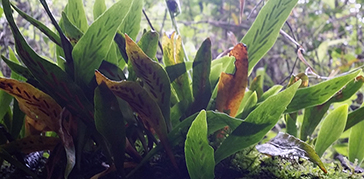
The Sampled Red List Index for Plants
The Sampled Red List Index for Plants accurately assesses plant extinction risk

PREDICTS
PREDICTS uses data on local biodiversity around the world to model how human activities affect biological communities.
Plants Under Pressure projects

Pteridophytes (ferns, lycophytes and their allies)
We have tripled the number of species of pteridophytes assessed using the IUCN Red List Criteria.
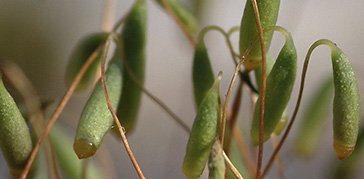
Bryophytes (mosses, liverworts and hornworts)
We have assessed 1021 species of bryophytes from around the world using the IUCN Red List Criteria, a ten-fold increase.
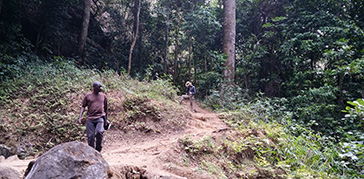
Hotspots of plant diversity
Expeditions to areas of high plant diversity help us to ensure that our IUCN Red List assessments are accurate.
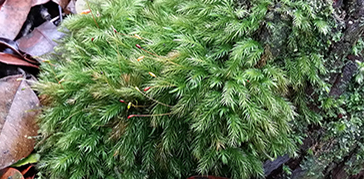
Comparing plant diversity indicators
Can we detect small-scale changes to biodiversity?
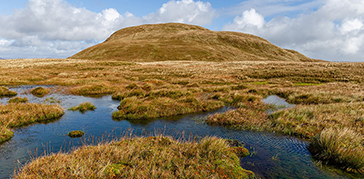
Simulating plant diversity change
How might plant diversity respond to changing situations in the future?
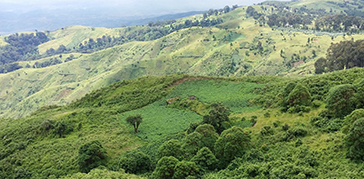
Essential Biodiversity Variables
How should we study the full extent of change to biodiversity?

Supported by funding from the Prince Albert II of Monaco Foundation.
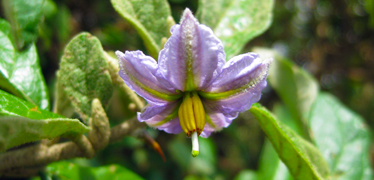
Plant research at the Museum
Studying a wide variety of plants, including bryophytes, ferns and flowering plants
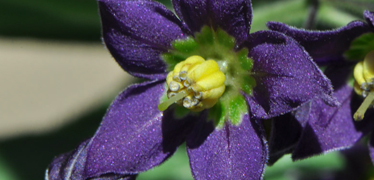
Botany collections
Explore our collection of an estimated six million specimens from around the world
